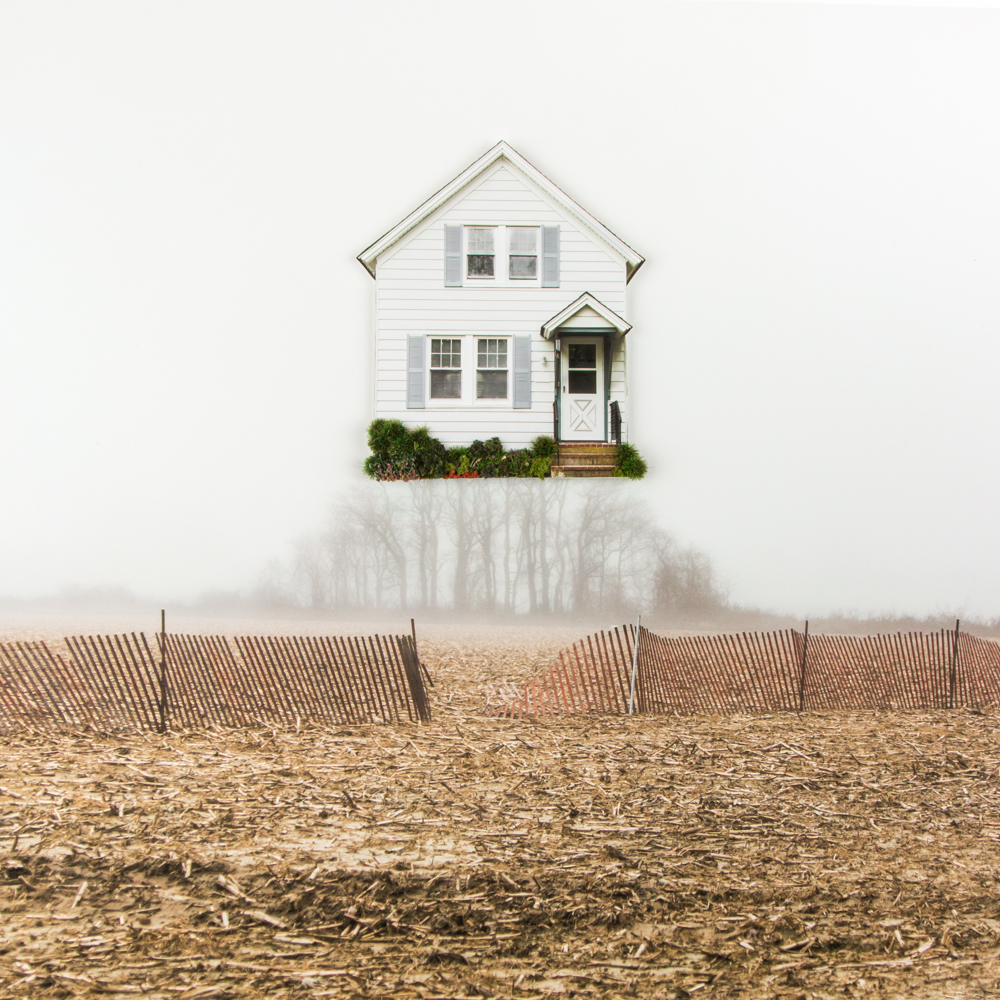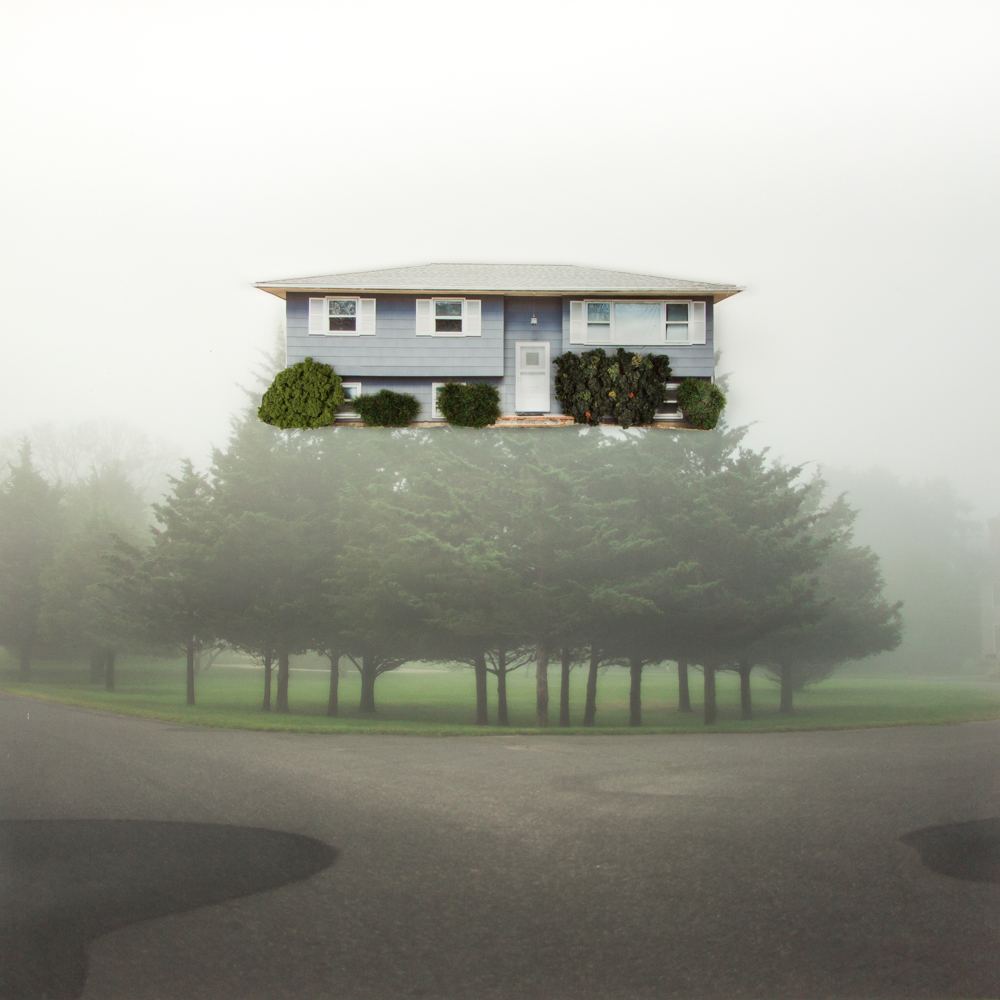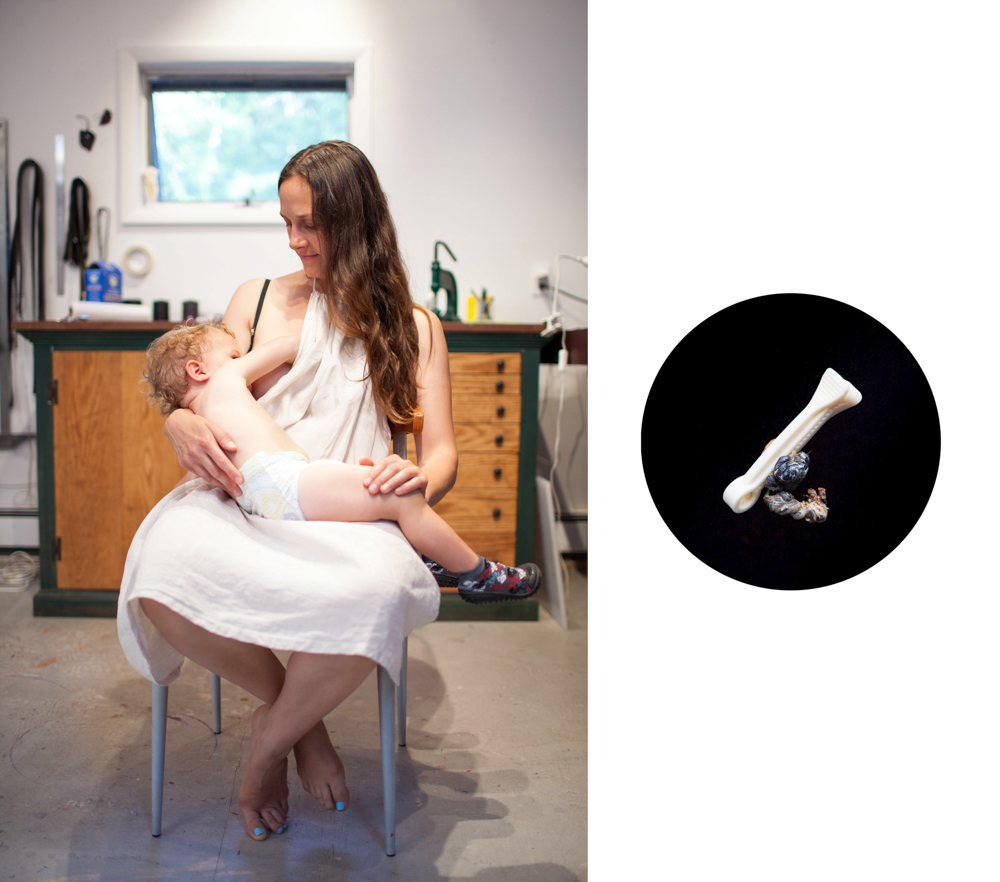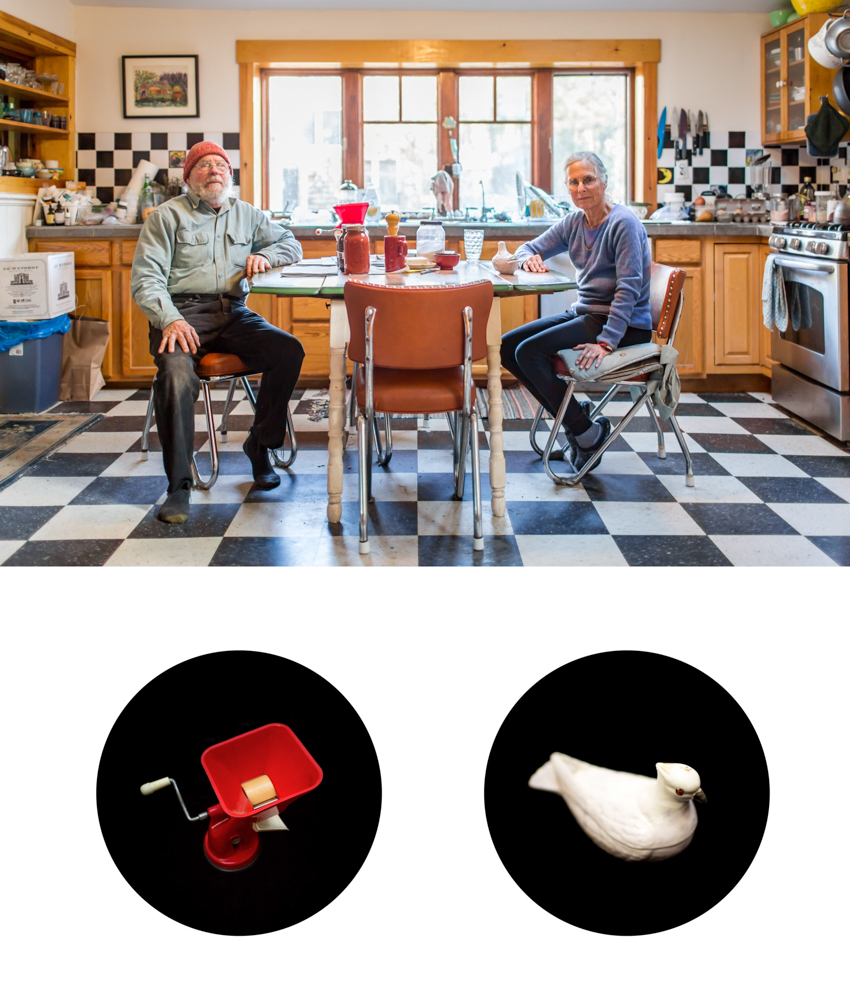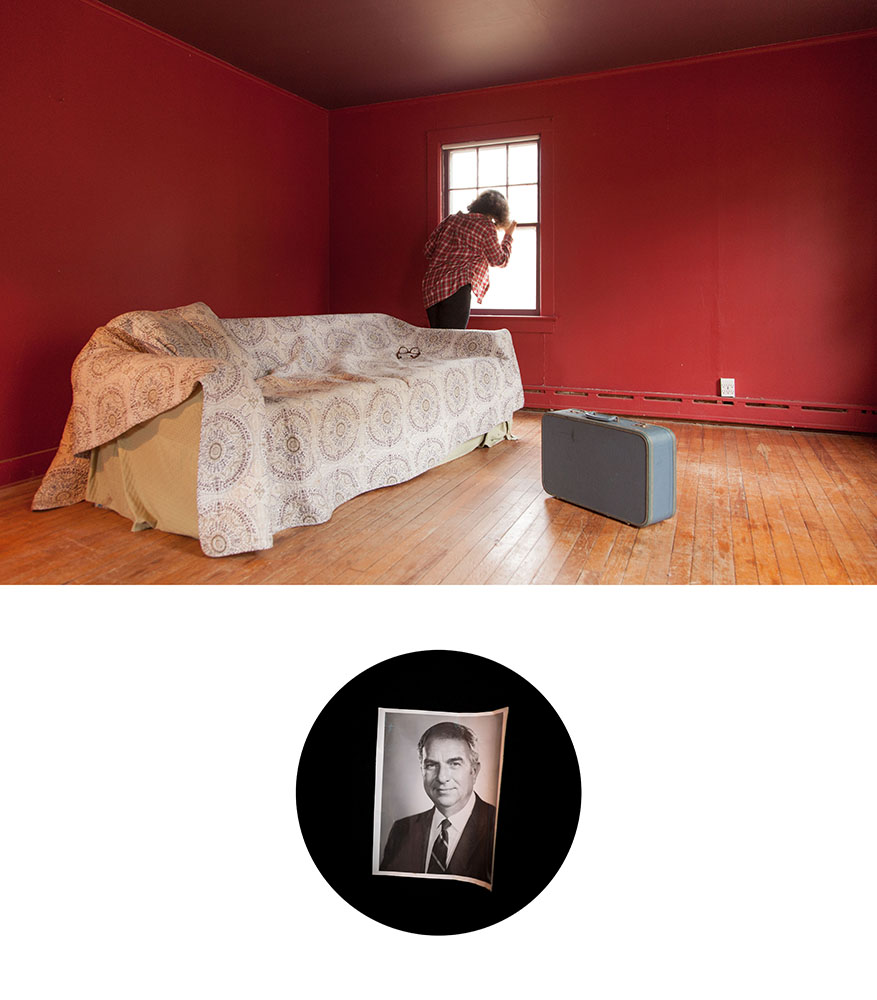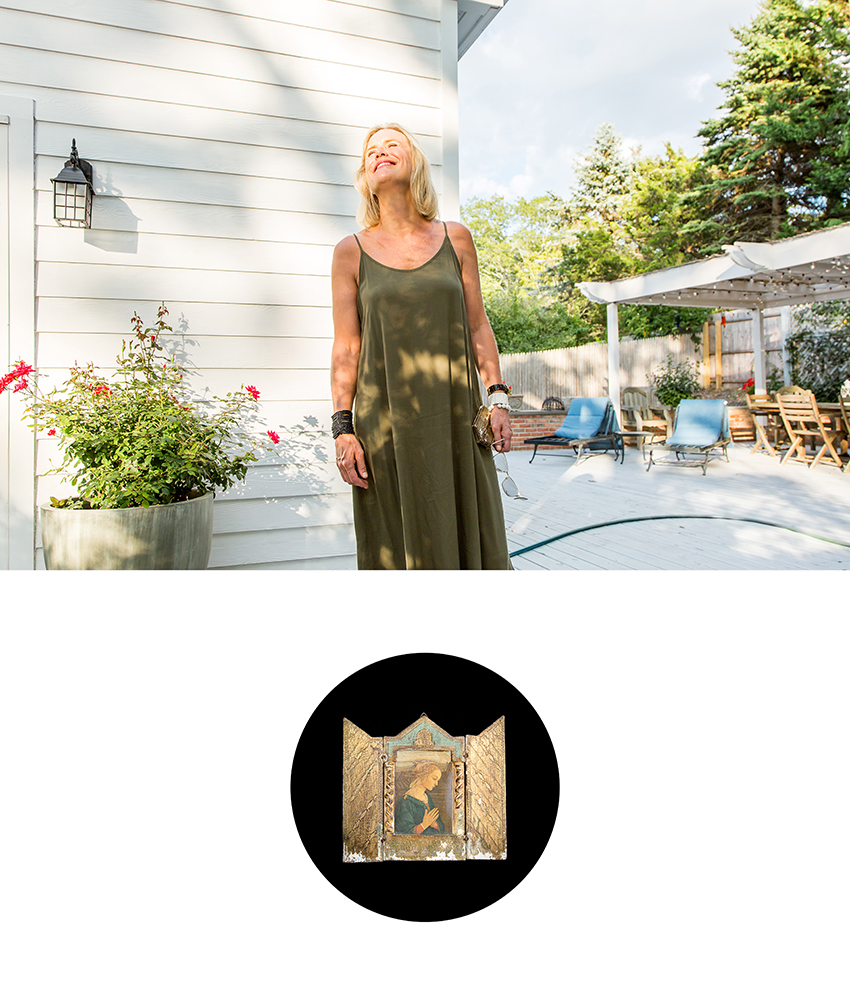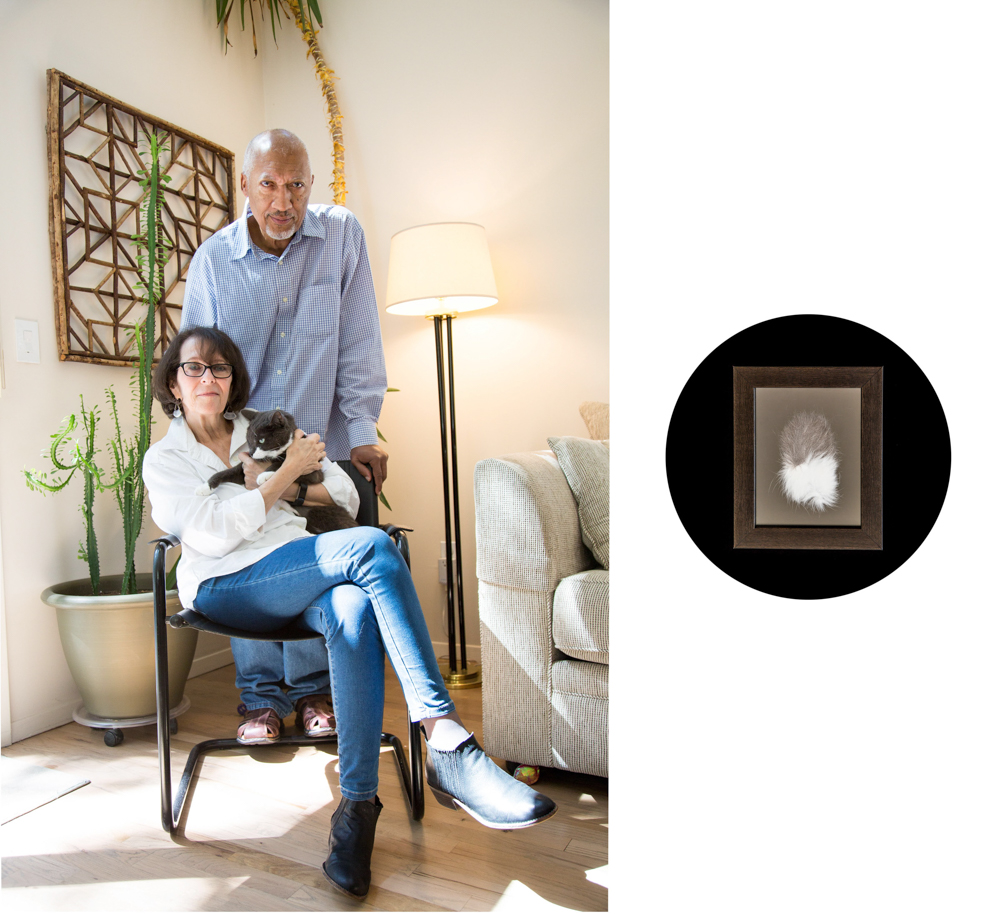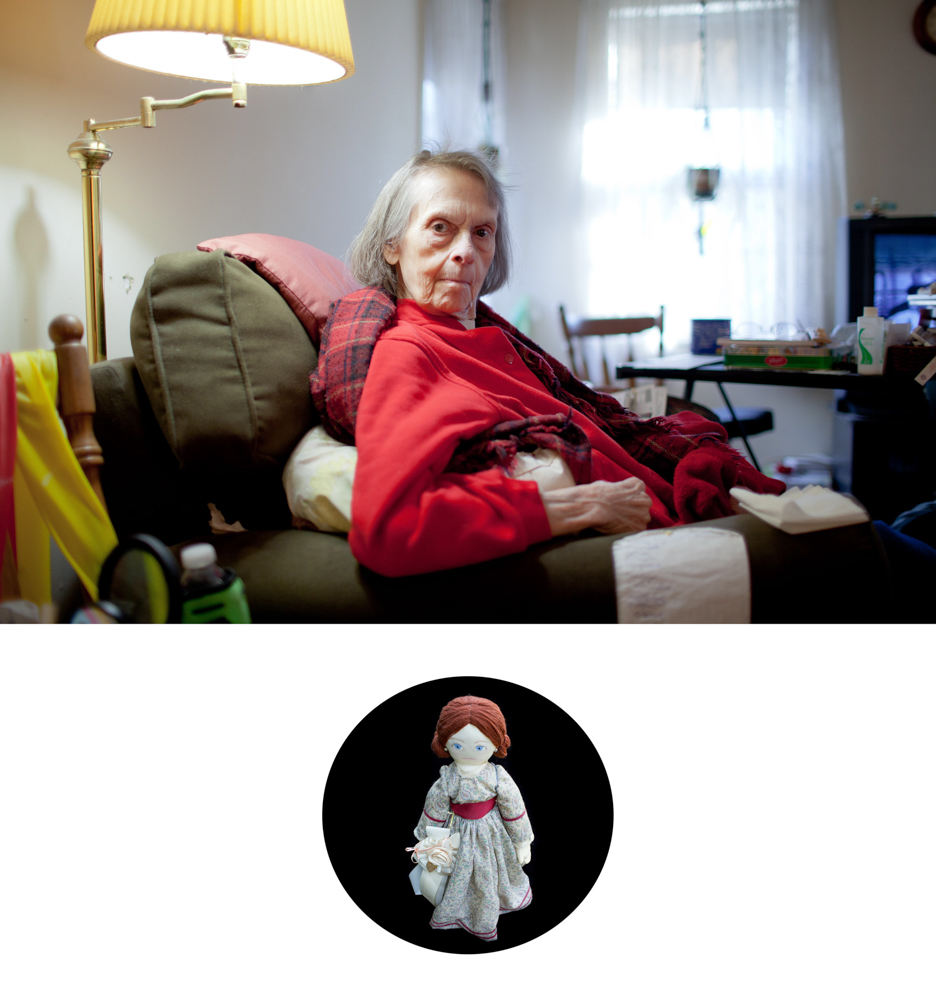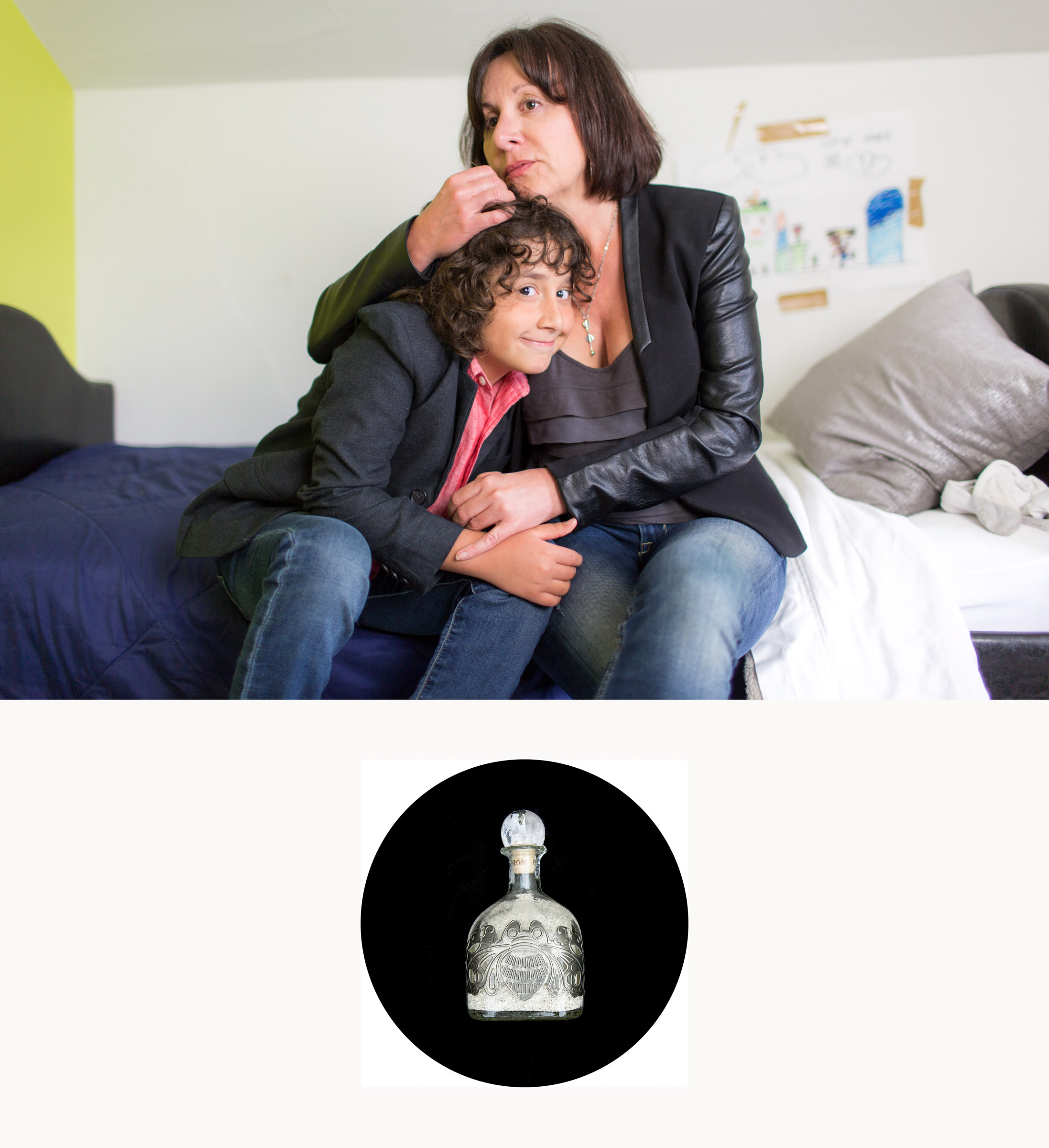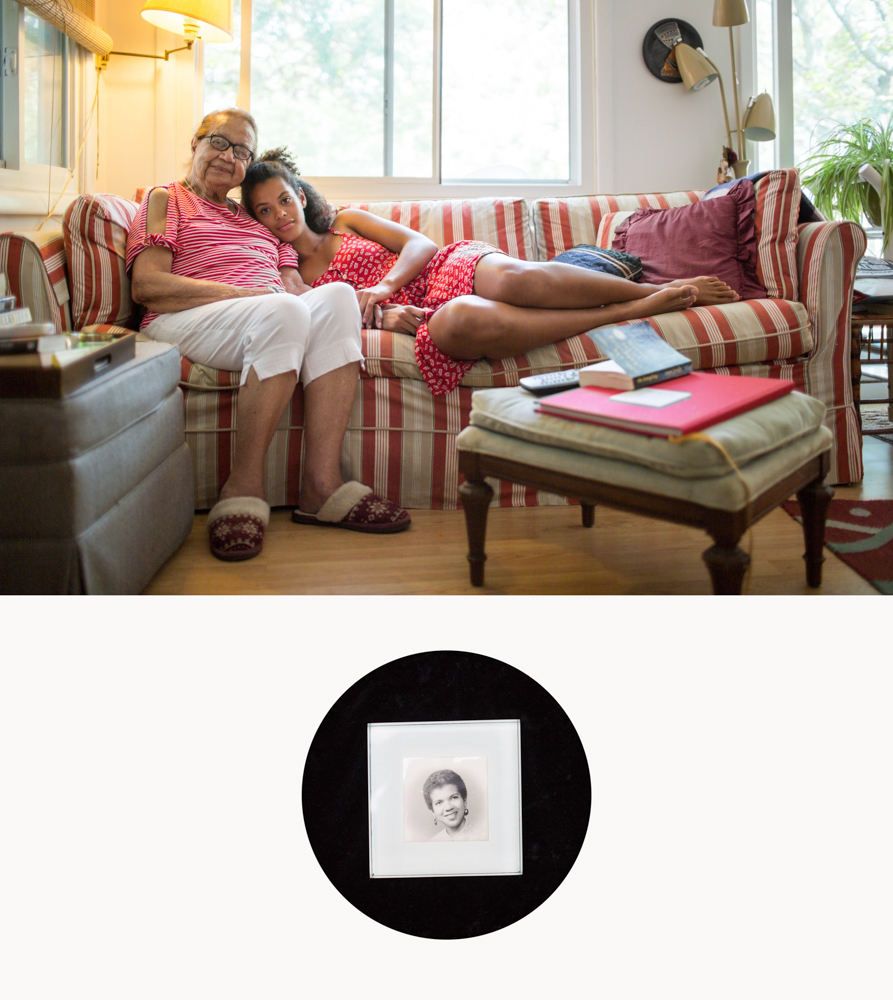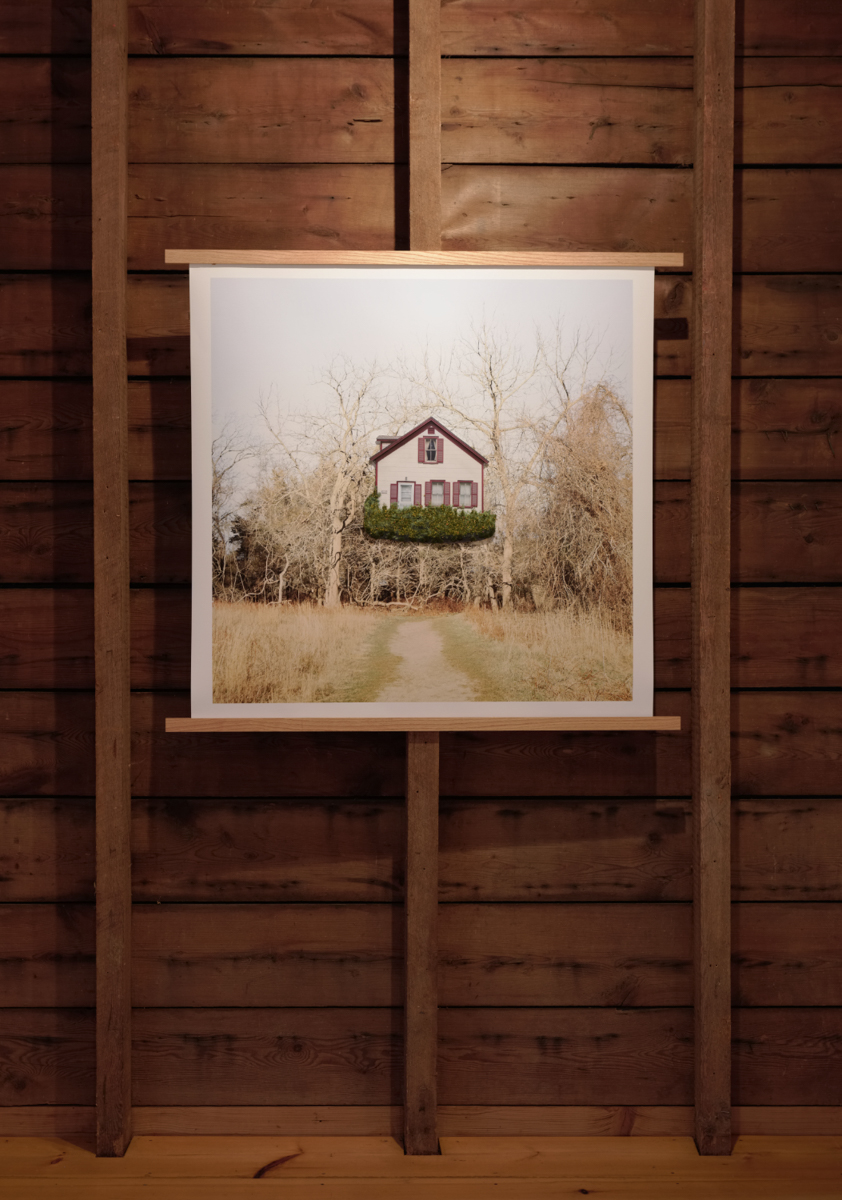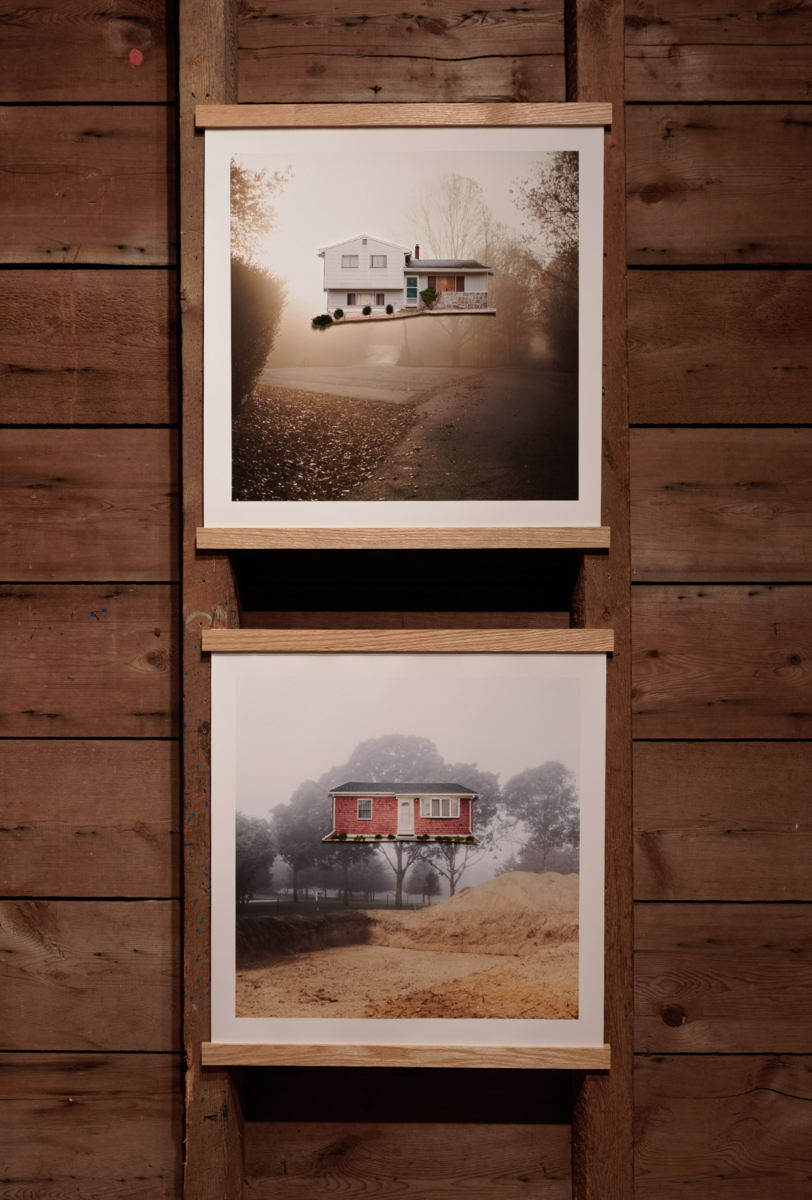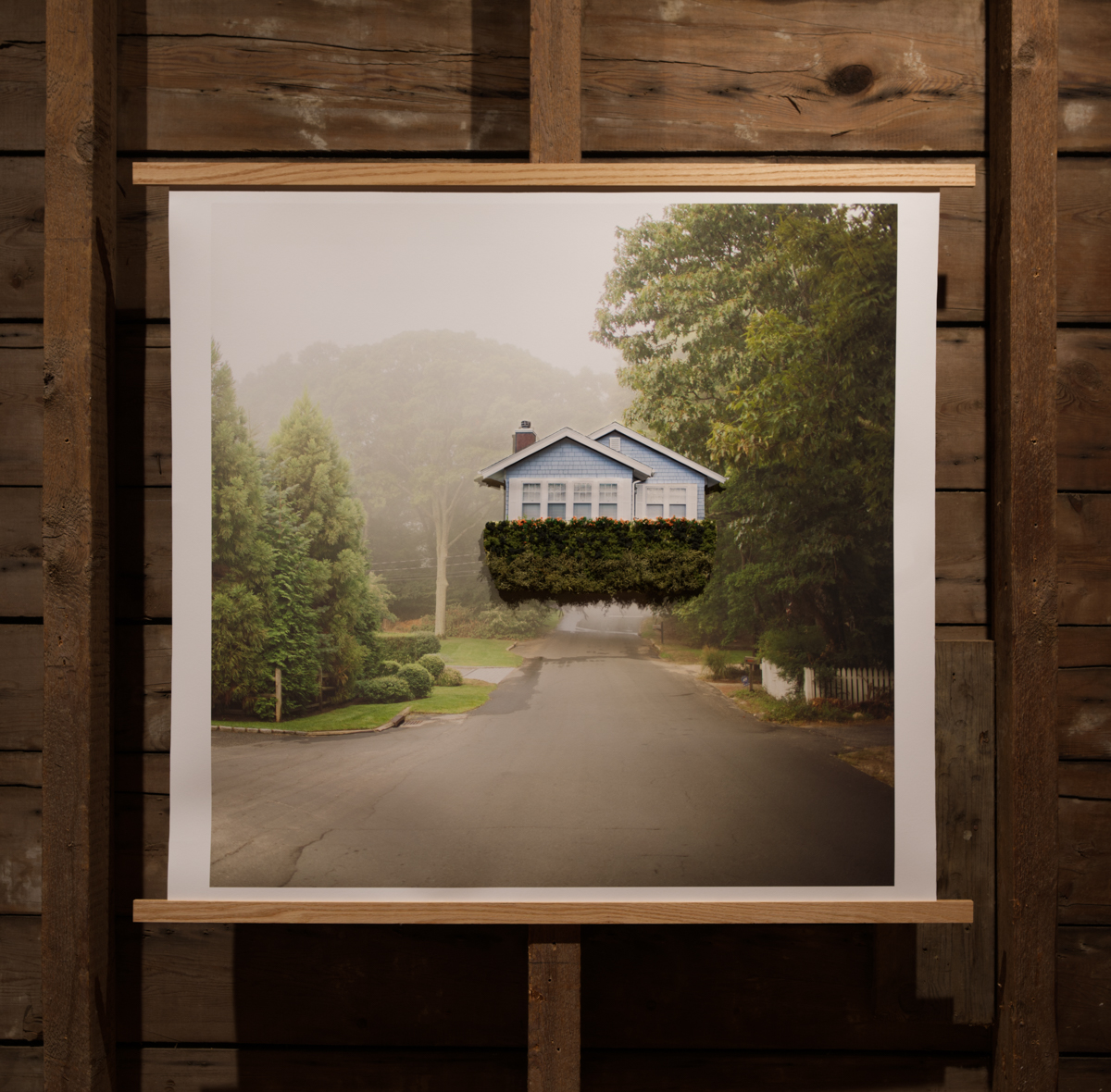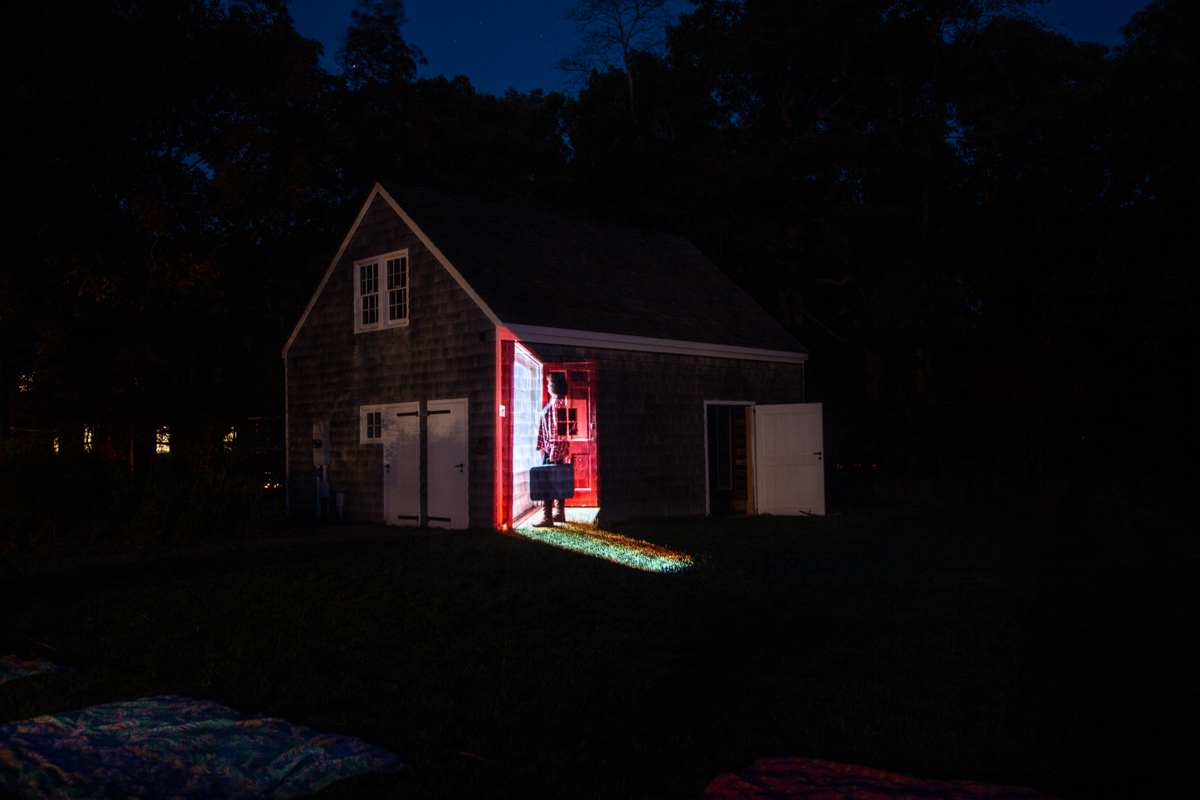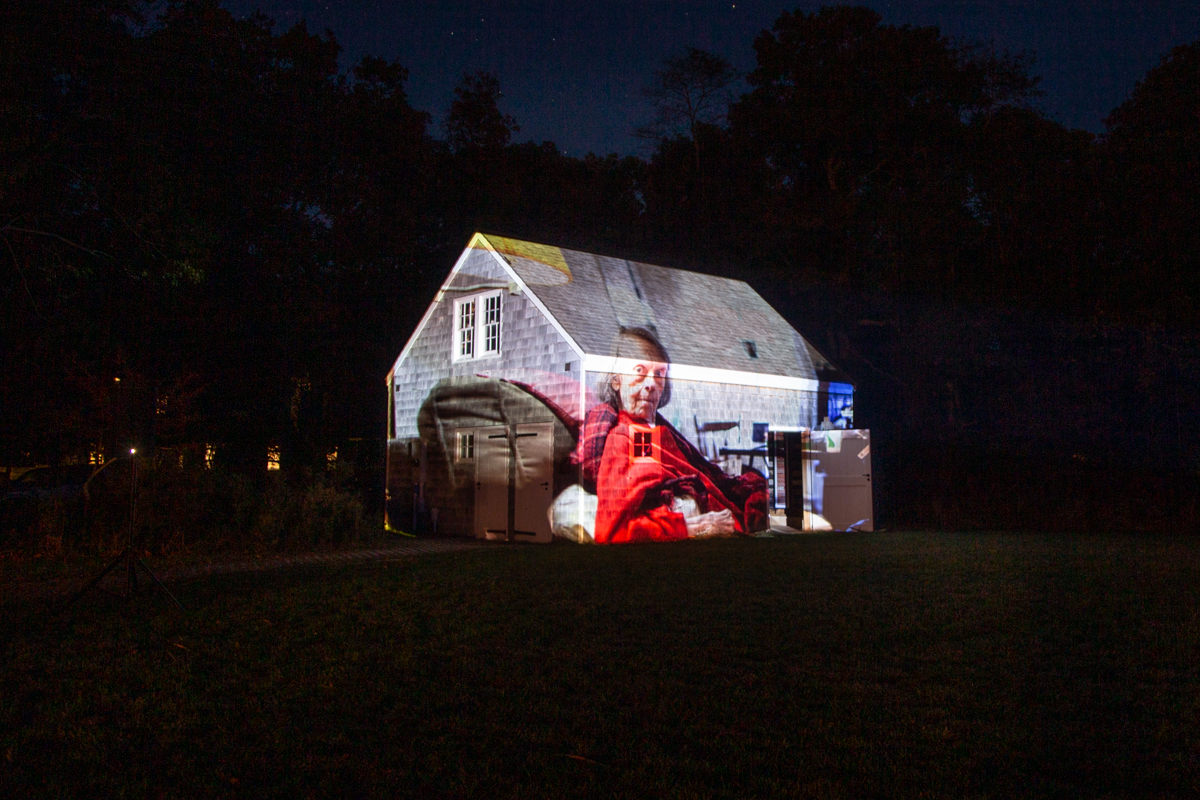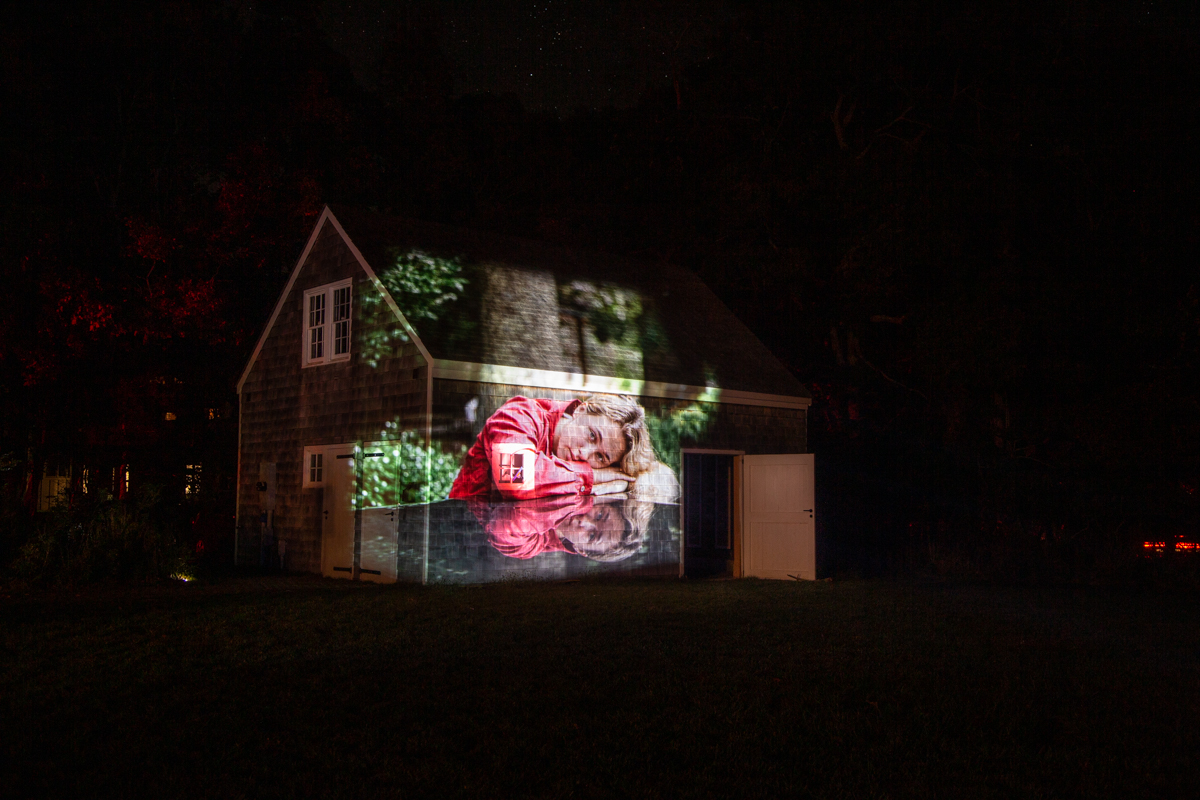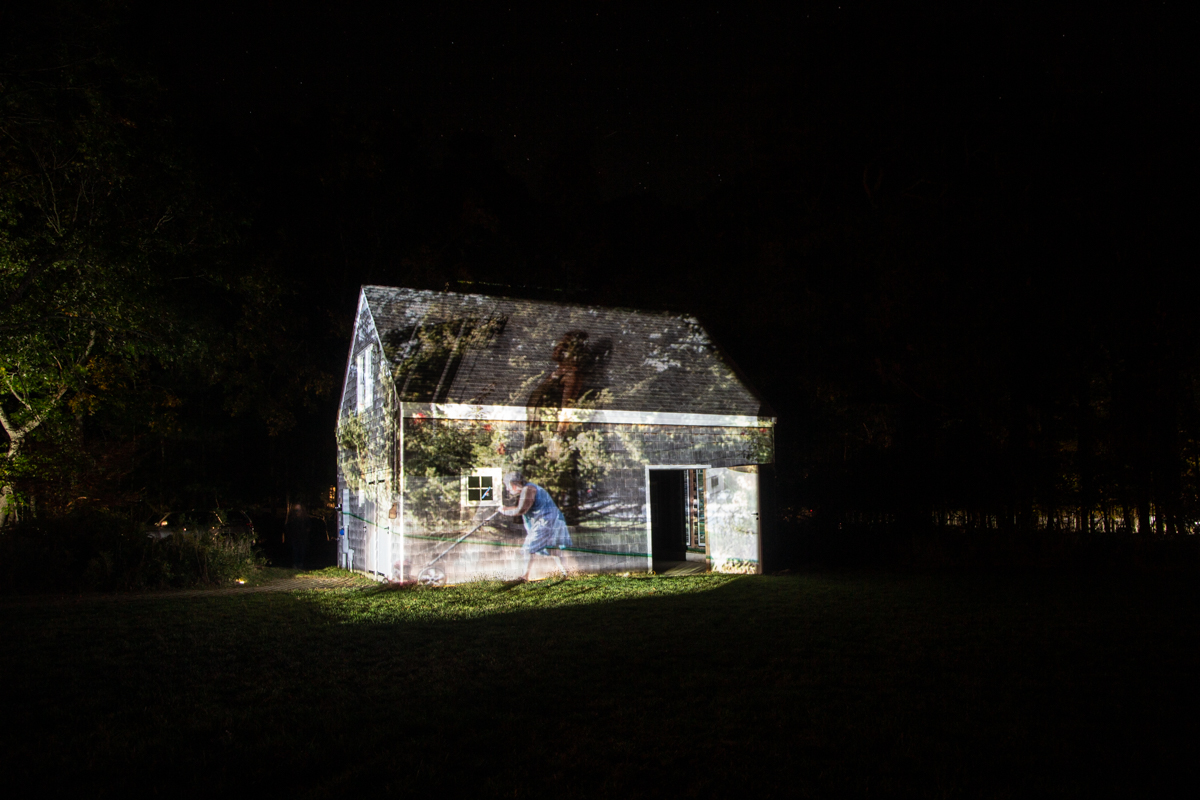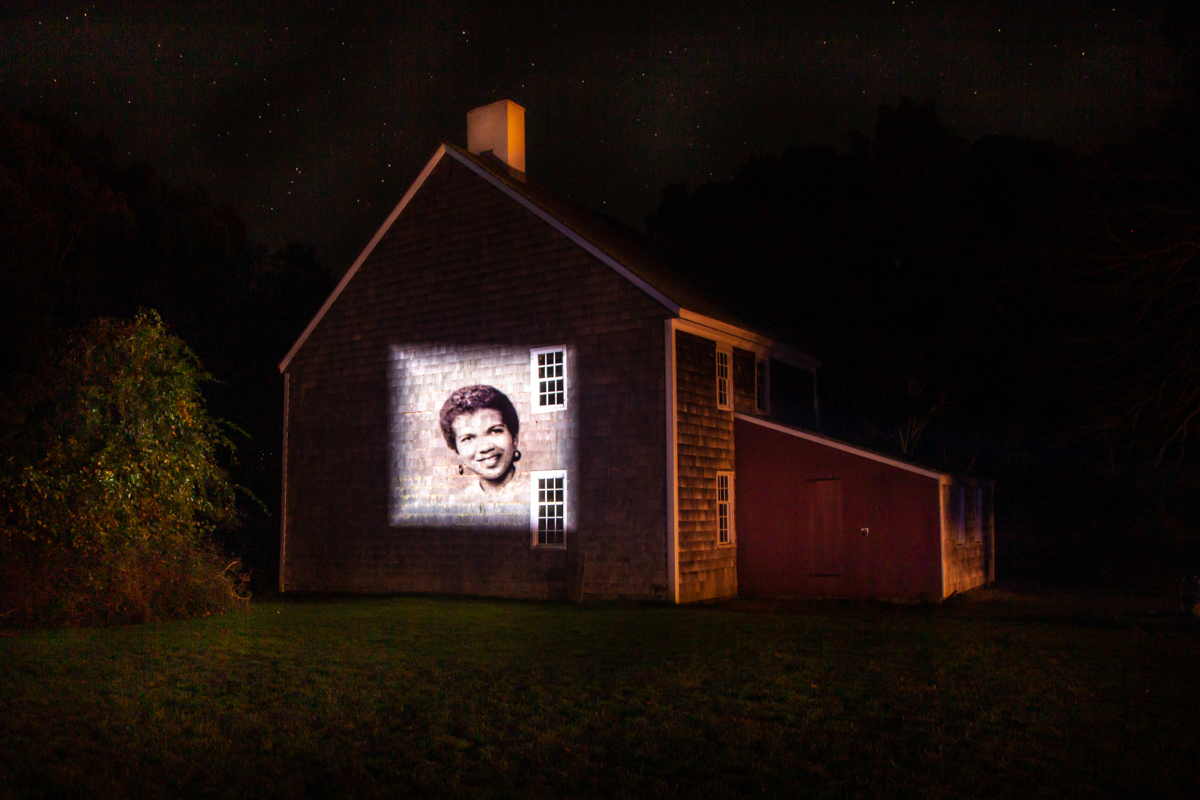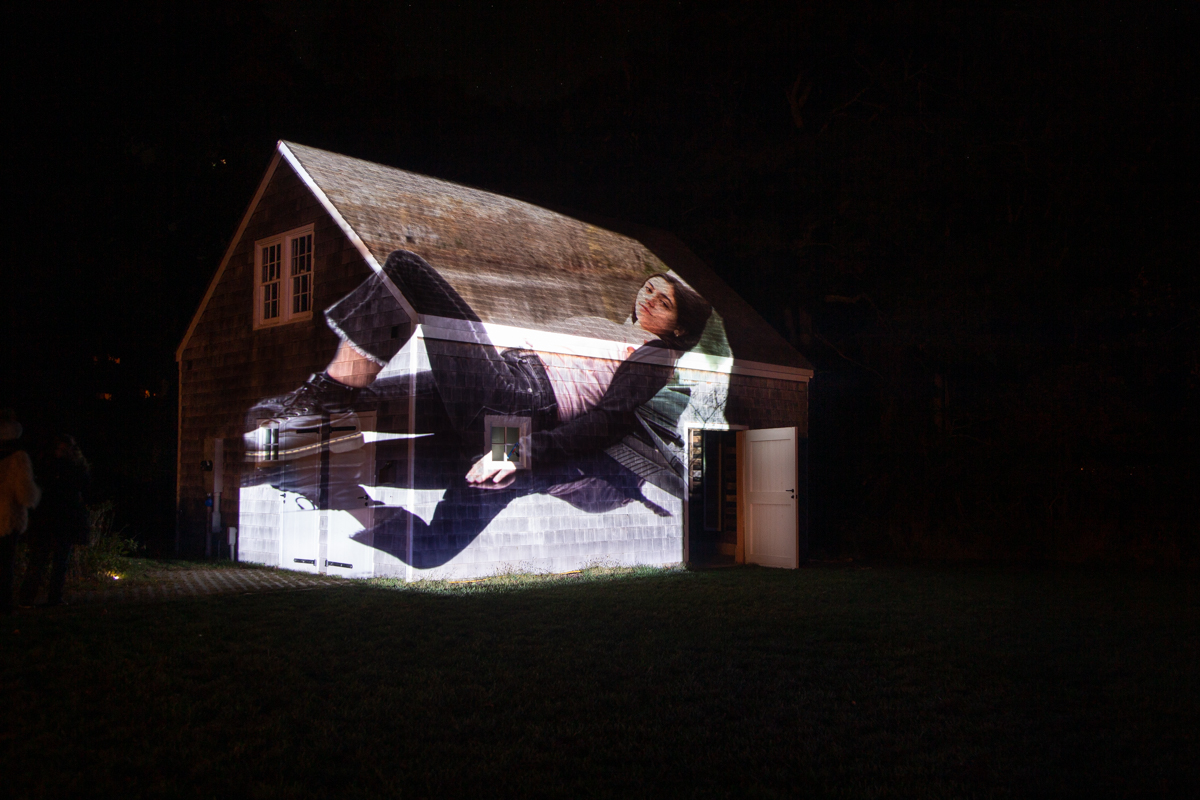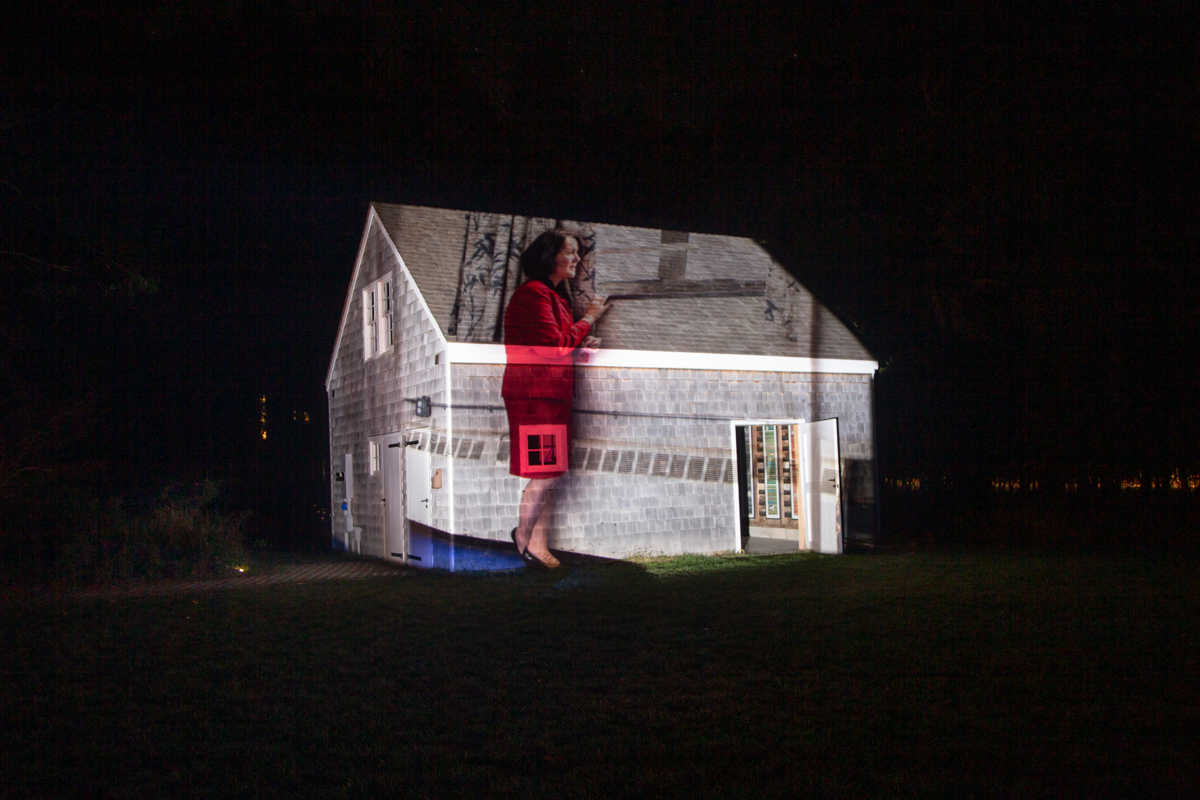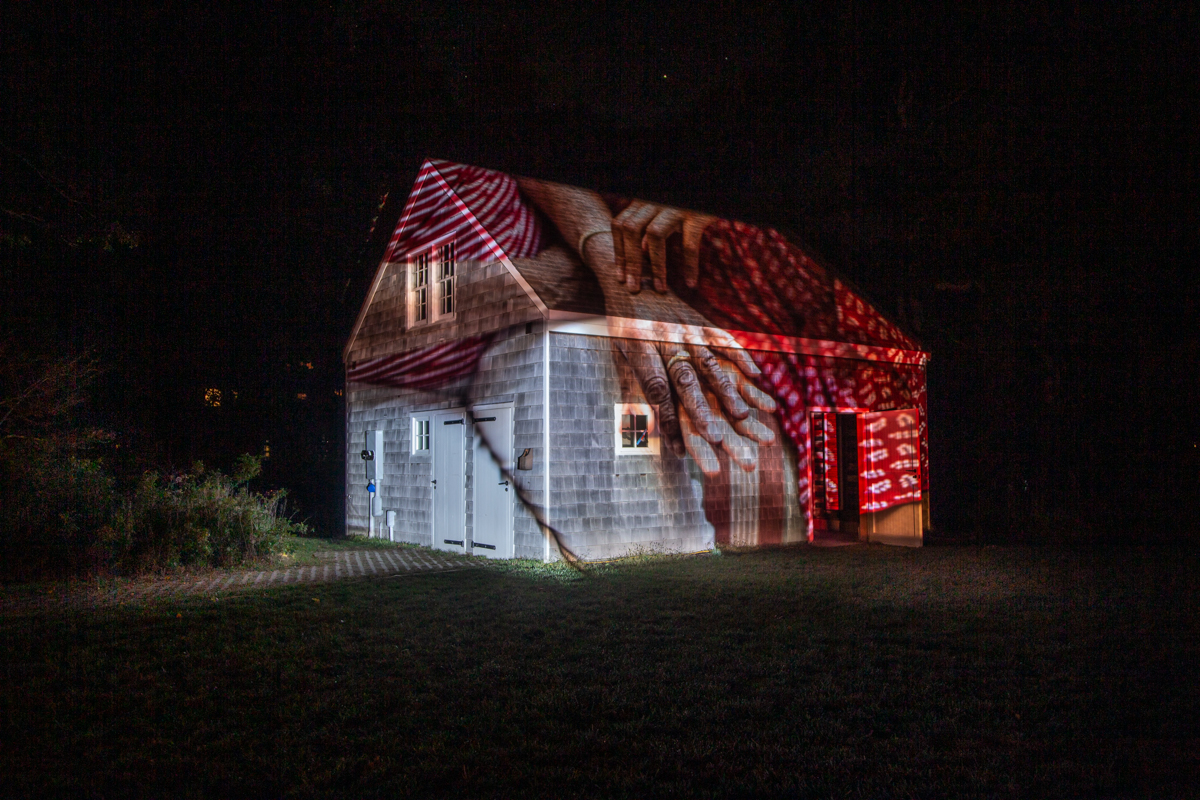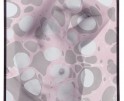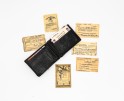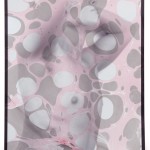Lindsay Morris: Meet Your Neighbor
“The works are not only a meditation on the changing landscape of our towns, but how crucial our interconnectedness is to our survival.”
In 2018, photographer Lindsay Morris decided she needed to get to know her neighbors in a more profound and meaningful way, so she set out to photograph her neighbors and the objects they hold dear as a way to add another layer of knowing. She would first meet with the neighbor, discuss the history of their chosen object, photograph it and record them speaking about its history, then return for a portrait. But then, as she states, in March 2020, a large percentage of the global population was instructed to “shelter in place” and the opportunity to approach my neighbors vanished, and almost overnight. This project took on new meaning.
Morris shifted course and retreated to her studio to work on the tiny house “relief collages.” She had been photographing these small houses in her neighborhood for years with the intention of creating some historical record and a proper send-off from this time when our houses were smaller and we were more connected to our neighbors. These houses are being demolished to make way for something much more imposing. In most cases, the house footprint is being expanded to the edges of property lines, often for summer houses that sit empty much of the year. However, due to the pandemic, every house in her neighborhood has been occupied as city people who moved out in droves and don’t seem to be planning to leave. The schools and parking lots are packed and food prices have shot up, making it difficult for locals to afford the cost of living here. The neighborhood just keeps evolving.
Meet Your Neighbor is a two part interrelated project which documents some of the last of Eastern Long Island’s small houses and the people who occupy them. This past Fall, Morris had an exhibition at the Art Center at Duck Creek complete with outdoor evening projections. Projections were at night and allowed the viewer to roam the property at Duck Creek, while experiencing her neighbors and their objects projected on the barns with surround sound audio of their voices.
Lindsay Morris received her BFA from the University of Michigan School of Art. Morris discovered her passion for photography on a yearlong Rotary Youth Exchange program in South Africa and continued her photographic studies at the School of the Art Institute of Chicago with Barbara Crane and The School for International Training, Nairobi, Kenya.
Lindsay’s work has been featured on BBC World News and published in New York Magazine, TIME Magazine, The New York Times Magazine, Marie Claire International, Scientific American, GEO International, Elle, PDN and Vanity Fair Italia. Recent exhibitions include Guild Hall Art Museum, East Hampton, NY; ICP, NY; Newport Art Museum, Newport, RI; Parrish Art Museum, Watermill, NY; the Hamburg Triennial, Germany; Fotofest, Houston, TX; and, Photoville, Brooklyn, NY.
Morris is a producer of the 2016 BBC documentary, My Transgender SummerCamp, and published her monograph, You Are You, documenting a summer camp for gender creative children and their families in collaboration with Kehrer Verlag. Morris works and resides in Sag Harbor, New York. @lindsaymorrisphoto
Meet Your Neighbor
Who are the people who live next door? What are their lives like? What do they care about? These are the questions that originally informed the Meet Your Neighbor project, in which I found myself inside foreign but familiar homes, photographing foreign but familiar faces and personal objects that told something of their history. In March 2020, a large percentage of the global population was instructed to “shelter in place.” The opportunity to approach my neighbors vanished, and almost overnight this project took on new meaning.
Meet Your Neighbor is an ongoing series of artworks documenting some of the last of Eastern Long Island’s small houses and the people who occupy them. According to the U.S. census, the size of a typical single-family home expanded from 983 square feet to 2,500 between 1950 and 2012. Once an identifier of the intimate nature of a “small town”, these modest homes are now frequently torn down to make way for a home with a much larger footprint. In my studio, I’ve extracted the images of these (historic/tiny/modest) homes from their original sites, and “moved” them onto images of the now rare open spaces found in my community. These dwellings, hovering dreamlike over their newly appointed landscapes, offer the viewer a reverent moment to appreciate the safety and intimacy of small towns throughout America. As I’ve worked on this series, New York began grappling with being the state first and hardest hit by the Covid-19 virus. Suddenly the tone of two terms describing this series, “shelter” and “place” took on a complexity that could not have been foreseen.
Although home represents a place of order, being confined to our houses (regardless of size) due to a global pandemic is far from the charm of a seasonal blizzard or blackout. Our houses grew smaller as the news grew bleaker and our proximity to one another, without routine or autonomy, made living under one roof challenging to say the least. Regardless of my original thesis for these works, it is inevitable that their timely presentation reflect our shared anxieties in light of the past year. An image of a home hovering in space, dislocated, isolated, distanced now speaks as much to the memory of the families holed up inside, protecting themselves from an invisible enemy. The works are not only a meditation on the changing landscape of our towns, but how crucial our interconnectedness is to our survival.
Posts on Lenscratch may not be reproduced without the permission of the Lenscratch staff and the photographer.
Recommended
-
Hillerbrand+Magsamen: nothing is precious, everything is gameOctober 12th, 2025
-
BEYOND THE PHOTOGRAPH: Q&A WITH PHOTO EDITOR JESSIE WENDER, THE NEW YORK TIMESAugust 22nd, 2025
-
Christa Blackwood: My History of MenJuly 6th, 2025
-
BEYOND THE PHOTOGRAPH: Researching Long-Term Projects with Sandy Sugawara and Catiana García-KilroyMarch 27th, 2025
-
Dodeca Meters: Arielle Rebek, Kareem Michael Worrell, and Lindsay BuchmanFebruary 7th, 2025

